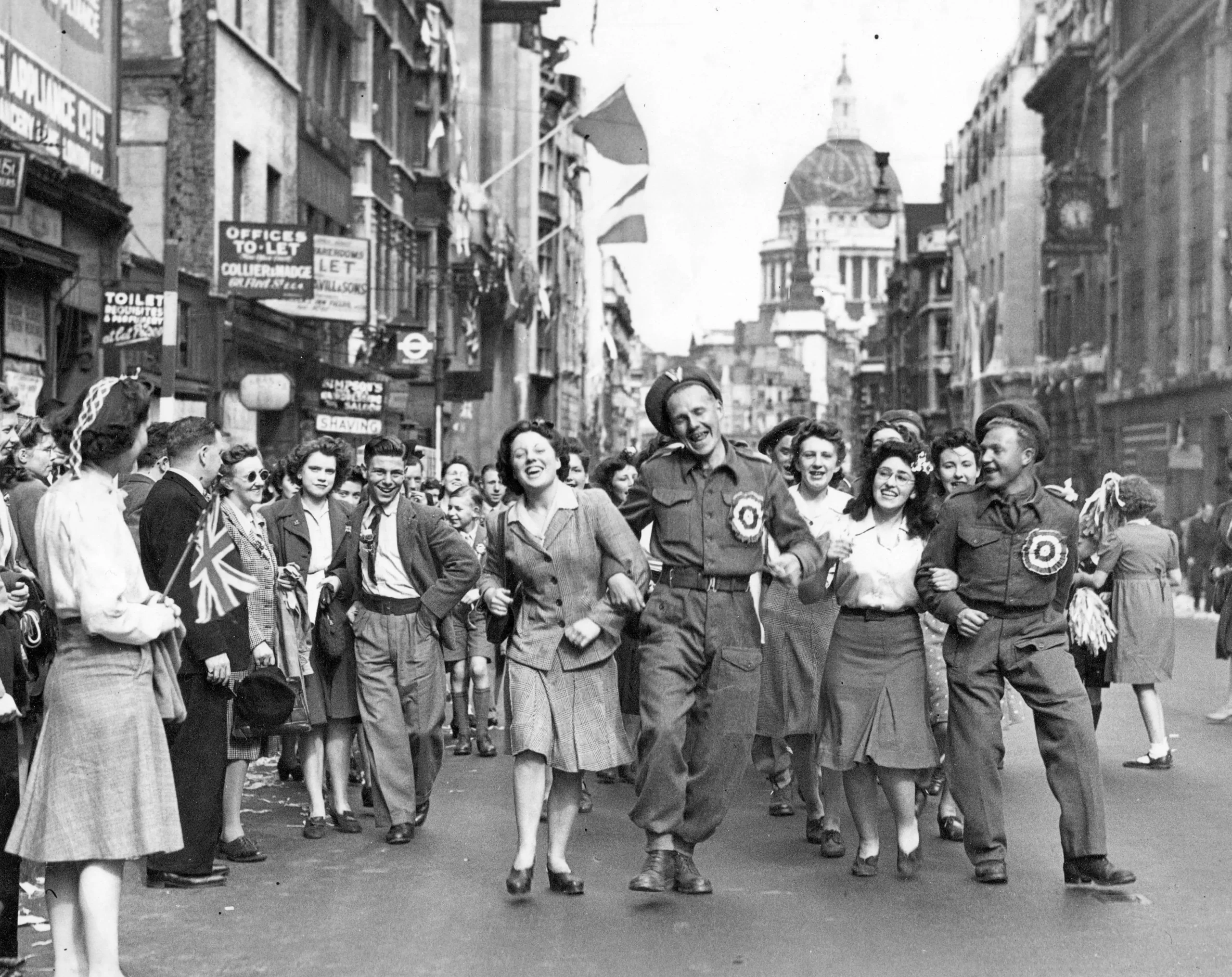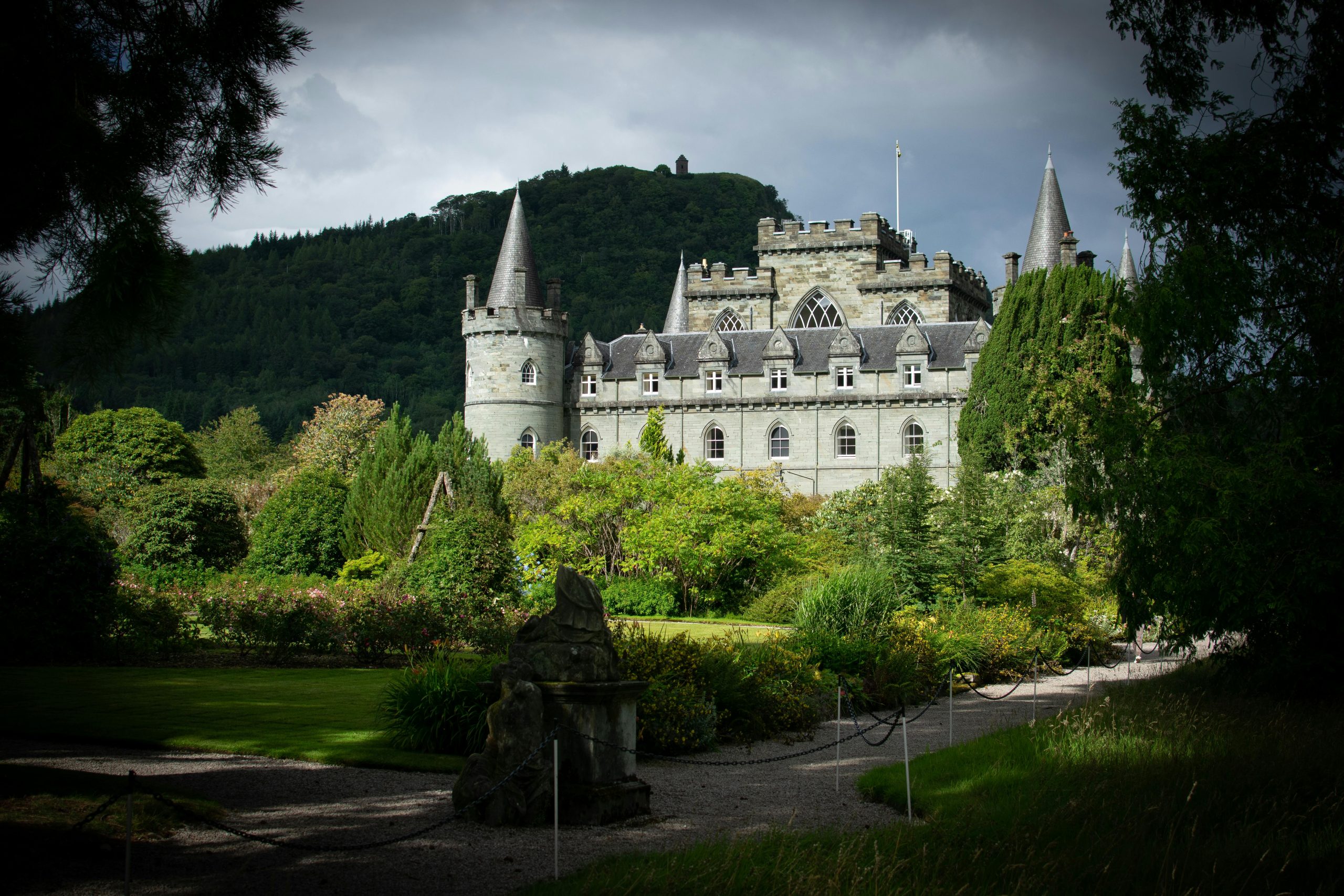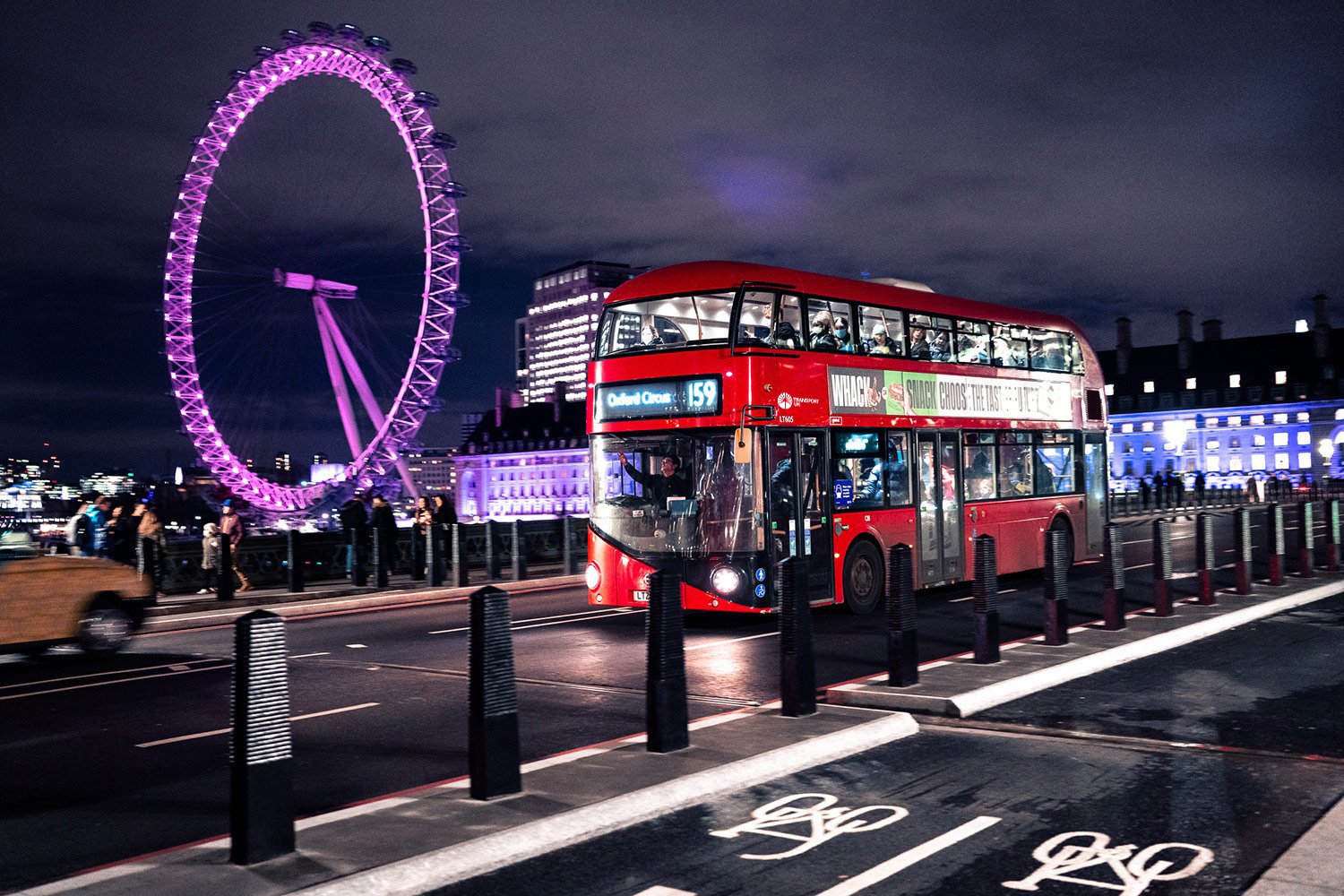Introduction to VE Day
VE Day, or Victory in Europe Day, marks one of the most significant moments in modern history—the end of World War II in Europe. Celebrated on May 8, 1945, VE Day commemorates the unconditional surrender of Nazi Germany, bringing an end to six years of devastating conflict. For those seeking to understand the historical, cultural, and social importance of VE Day, this article delves into its origins, key events, global impact, and enduring legacy. Whether you’re a history enthusiast or simply curious about this pivotal moment, here’s everything you need to know about VE Day.
This comprehensive guide explores the timeline leading to VE Day, the celebrations that erupted across the world, and how the day is remembered today. By examining primary sources, historical accounts, and modern commemorations, we aim to provide a detailed and engaging narrative optimized for those searching for information on VE Day.
What Is VE Day?
VE Day stands for Victory in Europe Day, the moment when the Allied forces formally accepted Nazi Germany’s surrender, effectively ending World War II in Europe. The surrender was signed in Reims, France, on May 7, 1945, and took effect at midnight on May 8, 1945. This historic event prompted widespread celebrations across Europe, North America, and beyond, as millions rejoiced in the cessation of hostilities.
The significance of VE Day cannot be overstated. World War II was the deadliest conflict in human history, claiming an estimated 70–85 million lives, including combatants and civilians. The defeat of Nazi Germany symbolized not only a military victory but also the triumph of democracy and freedom over tyranny and oppression. VE Day remains a powerful reminder of the sacrifices made by soldiers and civilians alike.
The Road to VE Day: A Timeline of Key Events
To fully appreciate VE Day, it’s essential to understand the events that led to this historic moment. Below is a detailed timeline of the critical developments in World War II that paved the way for the Allied victory in Europe.
1939: The Outbreak of World War II
- September 1, 1939: Nazi Germany, led by Adolf Hitler, invades Poland, triggering the start of World War II.
- September 3, 1939: The United Kingdom and France declare war on Germany, forming the backbone of the Allied forces.
- The rapid expansion of Nazi control across Europe, known as the Blitzkrieg, sees countries like Denmark, Norway, Belgium, and France fall under German occupation.
1941: The Turning Tide
- June 22, 1941: Germany launches Operation Barbarossa, invading the Soviet Union. This marks a significant shift, as the Soviet Union joins the Allies.
- December 7, 1941: Japan attacks Pearl Harbor, prompting the United States to enter the war. The U.S. becomes a key player in the Allied coalition.
1942–1943: Major Allied Victories
- November 1942: The Battle of Stalingrad begins, a brutal confrontation that becomes a turning point on the Eastern Front. The Soviet victory in February 1943 weakens the German army.
- July–August 1943: The Allies invade Sicily and mainland Italy, forcing Italy to surrender and switch sides.
1944: The Beginning of the End
- June 6, 1944: D-Day, the largest amphibious invasion in history, sees Allied forces land in Normandy, France. This operation liberates Western Europe from Nazi control.
- August 1944: Paris is liberated, and the Allies continue their advance toward Germany.
1945: The Fall of Nazi Germany
- January 1945: The Soviet Red Army liberates Auschwitz, exposing the horrors of the Holocaust.
- April 30, 1945: Adolf Hitler commits suicide in Berlin as Soviet forces close in.
- May 7, 1945: Germany signs the unconditional surrender in Reims, France, effective May 8, 1945.
This timeline highlights the relentless efforts of the Allied forces, whose coordinated campaigns on multiple fronts culminated in VE Day. The surrender marked the collapse of the Third Reich and the end of Nazi tyranny in Europe.
The Surrender: How VE Day Came to Be
The formal surrender of Nazi Germany was a meticulously orchestrated event. On May 7, 1945, at 2:41 a.m., General Alfred Jodl, representing the German High Command, signed the Instrument of Surrender at General Dwight D. Eisenhower’s headquarters in Reims, France. The document declared that all German forces would cease hostilities by 11:01 p.m. Central European Time on May 8, 1945.
A second surrender ceremony took place in Berlin on May 8–9, 1945, at the insistence of the Soviet Union, which wanted a formal signing in the German capital. This event, overseen by Soviet Marshal Georgy Zhukov, reinforced the global recognition of VE Day.
The announcement of Germany’s surrender sparked immediate celebrations. In London, Prime Minister Winston Churchill addressed the nation, declaring, “We may allow ourselves a brief period of rejoicing.” In the United States, President Harry S. Truman dedicated the victory to the memory of his predecessor, Franklin D. Roosevelt, who had died just weeks earlier.
VE Day Celebrations Around the World
The news of VE Day triggered an outpouring of joy and relief across the globe. From London to New York, people took to the streets to celebrate the end of the war in Europe. Below are some of the most iconic moments of VE Day celebrations:
United Kingdom
- In London, massive crowds gathered in Trafalgar Square and outside Buckingham Palace, where King George VI, Queen Elizabeth, and Prime Minister Winston Churchill appeared on the balcony to greet the public.
- Street parties erupted across the country, with bunting, flags, and communal feasts. Despite wartime rationing, communities pooled resources to celebrate.
- The BBC broadcast Churchill’s speech, and church bells rang out for the first time since the war began, symbolizing peace.
United States
- In New York City, Times Square became a focal point for celebrations, with thousands of revelers singing and dancing.
- President Truman addressed the nation, urging Americans to continue supporting the war effort in the Pacific, as the conflict with Japan persisted.
- Factories and businesses paused to honor the victory, and church services gave thanks for the end of the war in Europe.
Soviet Union
- In Moscow, the Soviet government announced the victory on May 9, 1945, leading to celebrations that became known as Victory Day, a major holiday still observed in Russia today.
- Fireworks lit up the sky, and Red Square hosted military parades to honor the Red Army’s role in defeating Nazi Germany.
France
- In Paris, the Champs-Élysées was filled with joyous crowds celebrating the liberation of their country and the defeat of their occupiers.
- General Charles de Gaulle, leader of the Free French Forces, delivered a speech emphasizing national unity and reconstruction.
These celebrations, while joyous, were tempered by the knowledge that the war was not yet over. The conflict in the Pacific continued until Japan’s surrender on August 15, 1945, marked by VJ Day (Victory over Japan Day).
The Global Impact of VE Day
VE Day had profound implications for the postwar world. The defeat of Nazi Germany reshaped international politics, economics, and society, setting the stage for the modern era. Here are some of the key impacts of VE Day:
Political Realignment
- The end of World War II marked the beginning of the Cold War, as the United States and the Soviet Union emerged as superpowers with competing ideologies.
- The Yalta and Potsdam Conferences, held in 1945, divided Germany and Europe into zones of influence, laying the groundwork for the Iron Curtain and the division of East and West.
Reconstruction and Recovery
- Europe faced immense challenges in rebuilding war-torn infrastructure and economies. The Marshall Plan, initiated by the United States in 1948, provided billions of dollars in aid to help Europe recover.
- The United Nations was established in October 1945 to promote international cooperation and prevent future conflicts.
Social and Cultural Changes
- VE Day symbolized hope for a better future, but it also highlighted the need to address the atrocities of the Holocaust. The Nuremberg Trials (1945–1946) held Nazi leaders accountable for war crimes and genocide.
- The war accelerated social changes, including the expansion of women’s roles in the workforce and the push for decolonization in Asia and Africa.
Legacy of Sacrifice
- VE Day honors the millions who lost their lives, including soldiers, civilians, and victims of the Holocaust. Memorials, museums, and annual commemorations keep their stories alive.
- The day serves as a reminder of the importance of unity and resilience in the face of adversity.
How VE Day Is Remembered Today
VE Day remains a significant date in many countries, with annual commemorations that honor the sacrifices of World War II and celebrate the triumph of freedom. Here’s how VE Day is observed in the modern era:
United Kingdom
- The UK marks VE Day with official ceremonies, including wreath-laying at the Cenotaph in London and services at Westminster Abbey.
- In 2020, the 75th anniversary of VE Day was celebrated with virtual events due to the COVID-19 pandemic. Queen Elizabeth II delivered a televised address, and the nation observed a two-minute silence.
- Community events, such as street parties and historical reenactments, recreate the spirit of 1945.
Europe
- In France, VE Day (known as Jour de la Victoire) is a public holiday, with ceremonies honoring veterans and the Resistance.
- Germany observes VE Day as Tag der Befreiung (Day of Liberation), reflecting on its history and the defeat of Nazism.
- Russia and former Soviet states celebrate Victory Day on May 9 with large-scale military parades and public festivities.
United States
- While VE Day is not a federal holiday, it is commemorated through events at war memorials, such as the National World War II Memorial in Washington, D.C.
- Veterans’ organizations and historical societies host educational programs to teach younger generations about the significance of VE Day.
Global Commemorations
- UNESCO and other international organizations use VE Day to promote peace education and remembrance.
- Documentaries, films, and books about VE Day and World War II continue to engage audiences worldwide.
Why VE Day Matters Today
Understanding the history of VE Day is crucial for several reasons. It serves as a reminder of the cost of war and the value of peace. The sacrifices made by the Greatest Generation—soldiers, civilians, and resistance fighters—continue to inspire efforts to uphold democracy and human rights.
VE Day also highlights the importance of international cooperation. The Allied victory was achieved through the collaboration of nations with diverse cultures and political systems. In an era of global challenges, from climate change to geopolitical tensions, the lessons of VE Day encourage unity and collective action.
For younger generations, VE Day offers an opportunity to learn about resilience and courage. Stories of wartime heroism, such as the D-Day landings or the liberation of concentration camps, demonstrate the power of individuals to effect change even in the darkest times.
VE Day in Popular Culture
VE Day has been depicted in numerous films, books, and other media, helping to keep its memory alive. Some notable examples include:
- Films: The Longest Day (1962) and Saving Private Ryan (1998) portray the events leading to VE Day, while Dunkirk (2017) captures the early stages of the war.
- Books: The Guns of August by Barbara Tuchman and Band of Brothers by Stephen E. Ambrose offer detailed accounts of World War II and its culmination.
- Television: Documentaries like The World at War (1973–1974) and World War II in Colour (2009) provide visual narratives of VE Day and its context.
These works ensure that the significance of VE Day remains accessible to new audiences, blending historical accuracy with compelling storytelling.
Frequently Asked Questions About VE Day
What does VE Day stand for?
VE Day stands for Victory in Europe Day, marking the end of World War II in Europe on May 8, 1945, following Nazi Germany’s surrender.
Why is VE Day celebrated on May 8?
The German surrender took effect at midnight on May 8, 1945, prompting Allied leaders to declare this date as VE Day.
How is VE Day different from VJ Day?
VE Day marks the end of the war in Europe, while VJ Day (Victory over Japan Day) on August 15, 1945, celebrates Japan’s surrender, ending World War II entirely.
Is VE Day a public holiday?
VE Day is a public holiday in some countries, such as France and Russia (as Victory Day on May 9), but not in the UK or the US, where it is commemorated through ceremonies.
How can I learn more about VE Day?
Visit war museums, such as the Imperial War Museum in London or the National WWII Museum in New Orleans, or explore online archives and documentaries for primary sources and firsthand accounts.
Conclusion: The Enduring Legacy of VE Day
VE Day is more than a historical milestone; it is a testament to the resilience of the human spirit and the power of collective action. On May 8, 1945, the world celebrated the end of a war that reshaped nations and lives. Today, VE Day continues to inspire reflection on the sacrifices of the past and the importance of safeguarding peace for the future.
By understanding the history of VE Day, we honor the millions who fought and died for freedom. Whether through attending commemorative events, reading about the war, or sharing stories with younger generations, we keep the legacy of VE Day alive. This article has provided a comprehensive overview of VE Day, from its origins to its modern significance, ensuring that anyone searching for information on this pivotal moment finds a wealth of knowledge.
As we look back on VE Day, let us remember the words of Winston Churchill: “This is your victory.” It is a victory that belongs to all who value peace, freedom, and unity—a victory worth celebrating and preserving for generations to come.
11 UK Historical Figures Who Changed History Forever (Wait Until You See #3!)




